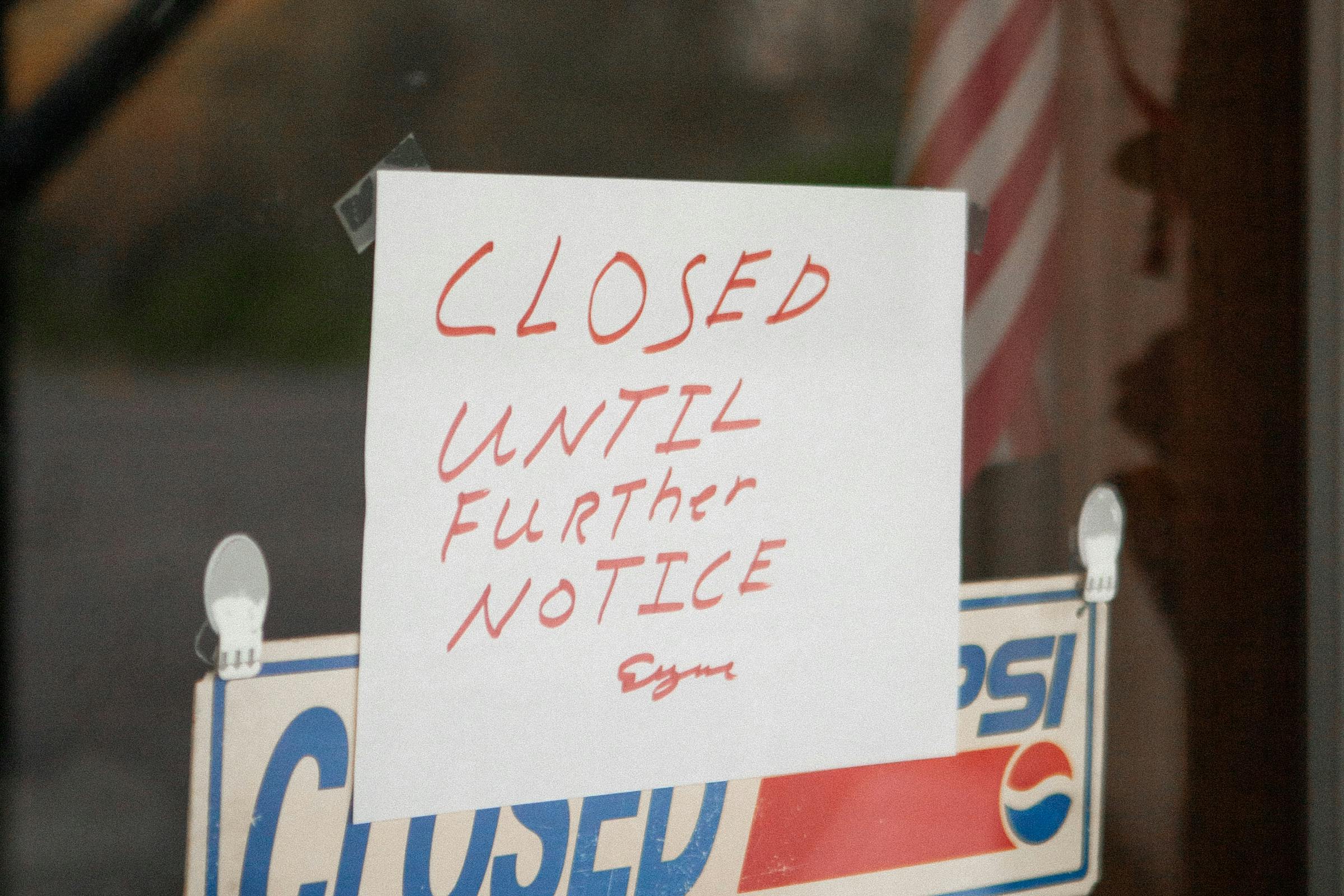The Traditional H-1B Visa
When you apply for an H-1B visa, there are two routes: capped and cap-exempt. Cap-exempt visas are for those who have job offers from accepted non-profit institutions, higher education institutions, government programs affiliated with them, and similar employers. They can be obtained at any time throughout the year, and you don’t need to go through the lottery process to receive approval.
Capped visa petitions must be selected from a pool of registrations during the open window that occurs in March of each year. Chosen registrants then move forward to file a petition for an H-1B visa, which requires substantial documentation, background screening, and other factors. If approved, the beneficiary begins working on October 1 of that fiscal year and can stay in the US for three years before filing for an extension. (Note: In certain cases, such as H-1B1 applicants coming from Chile or Singapore, the initial validity period is only one year, with annual renewal requests required.)
After your second three-year H-1B visa period ends, you’ll need to return to your home country unless you’re on a green card waitlist. However, there are some ways to avoid this final course of action.
Renewing an H-1B Visa Past Six Years
If you want to stay in the US, but your H-1B is ending, talk to your immigration lawyer about your options. You may qualify for an extension in one-year increments.
For instance, if you’ve had a Labor Certification Application and permanent residence request pending for over one year (365 days), through no fault of your own, you may qualify for an extension. This annual review continues until your case has reached a final decision on the pending permanent residence request.
H-1B extensions are also permissible if you’ve filed an employment-based preference petition but haven’t moved forward with your adjustment of status request because of a priority date backlog. In these situations, your spouse and eligible dependents can still apply for an Employment Authorization Document to work in the US while awaiting your adjustment of status change. Unless your employer withdraws your I-140, your dependents may continue working based on your expiration date. But if the I-140 is withdrawn, their EAD ends on their individual expiration date.
Automatic Extension Periods for EADs
Due to the backlog of many categories of requests across the board, USCIS has temporarily increased some extension periods, including automatic renewals for EADs, to prevent the problem of employment gaps. Until October 27, 2023, the automatic extension applies to renewals up to 540 days rather than the typical 180-day extension.
Average Processing Time for Extensions
The high demand for the H-1B visa creates a heavy caseload for all USCIS processing centers. While the government is actively attempting ways to reduce this, you can still expect the wait time for your extension request to be lengthy.
The average H-1B application process takes three months or longer for approval to be determined. Once approved, if you file a request for an extension, your response time depends on which service center you’re required to use and the caseload there. The typical H-1B extension time as of mid-2023 is four weeks for a basic case, but it can extend to five months or longer if USCIS requests more evidence from you.
It is highly recommended that you work with a legal immigration expert to ensure your case is adjudicated timely. Any missed information can delay your extension by half a year or longer.
What’s Next?
When you’re applying for an H-1B visa or making any changes to your existing document, you want to optimize your chances of approval the first time. Don’t go it alone and risk losing your hard work because of a simple mistake. Let our experts at Visa2US help you avoid delays and extra expenses, or, at worst, lose your chance at a visa entirely.
Our qualified immigration lawyers are available 24/7 to guide your steps, answer your questions, and work with you to ensure everything you file is correct the first time around.














